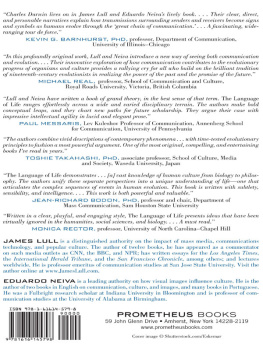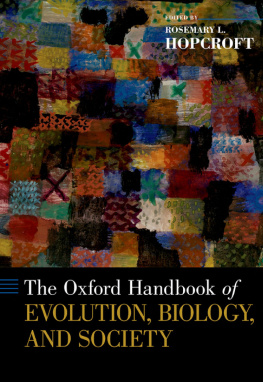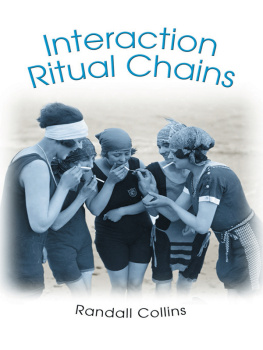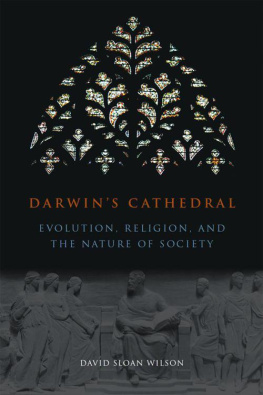Aslaksen - The social bond: how the interaction between individuals drives the evolution of society
Here you can read online Aslaksen - The social bond: how the interaction between individuals drives the evolution of society full text of the book (entire story) in english for free. Download pdf and epub, get meaning, cover and reviews about this ebook. City: Cham;Switzerland, year: 2018, publisher: Springer International Publishing;SpringerOpen, genre: Romance novel. Description of the work, (preface) as well as reviews are available. Best literature library LitArk.com created for fans of good reading and offers a wide selection of genres:
Romance novel
Science fiction
Adventure
Detective
Science
History
Home and family
Prose
Art
Politics
Computer
Non-fiction
Religion
Business
Children
Humor
Choose a favorite category and find really read worthwhile books. Enjoy immersion in the world of imagination, feel the emotions of the characters or learn something new for yourself, make an fascinating discovery.
- Book:The social bond: how the interaction between individuals drives the evolution of society
- Author:
- Publisher:Springer International Publishing;SpringerOpen
- Genre:
- Year:2018
- City:Cham;Switzerland
- Rating:3 / 5
- Favourites:Add to favourites
- Your mark:
- 60
- 1
- 2
- 3
- 4
- 5
The social bond: how the interaction between individuals drives the evolution of society: summary, description and annotation
We offer to read an annotation, description, summary or preface (depends on what the author of the book "The social bond: how the interaction between individuals drives the evolution of society" wrote himself). If you haven't found the necessary information about the book — write in the comments, we will try to find it.
Aslaksen: author's other books
Who wrote The social bond: how the interaction between individuals drives the evolution of society? Find out the surname, the name of the author of the book and a list of all author's works by series.
The social bond: how the interaction between individuals drives the evolution of society — read online for free the complete book (whole text) full work
Below is the text of the book, divided by pages. System saving the place of the last page read, allows you to conveniently read the book "The social bond: how the interaction between individuals drives the evolution of society" online for free, without having to search again every time where you left off. Put a bookmark, and you can go to the page where you finished reading at any time.
Font size:
Interval:
Bookmark:
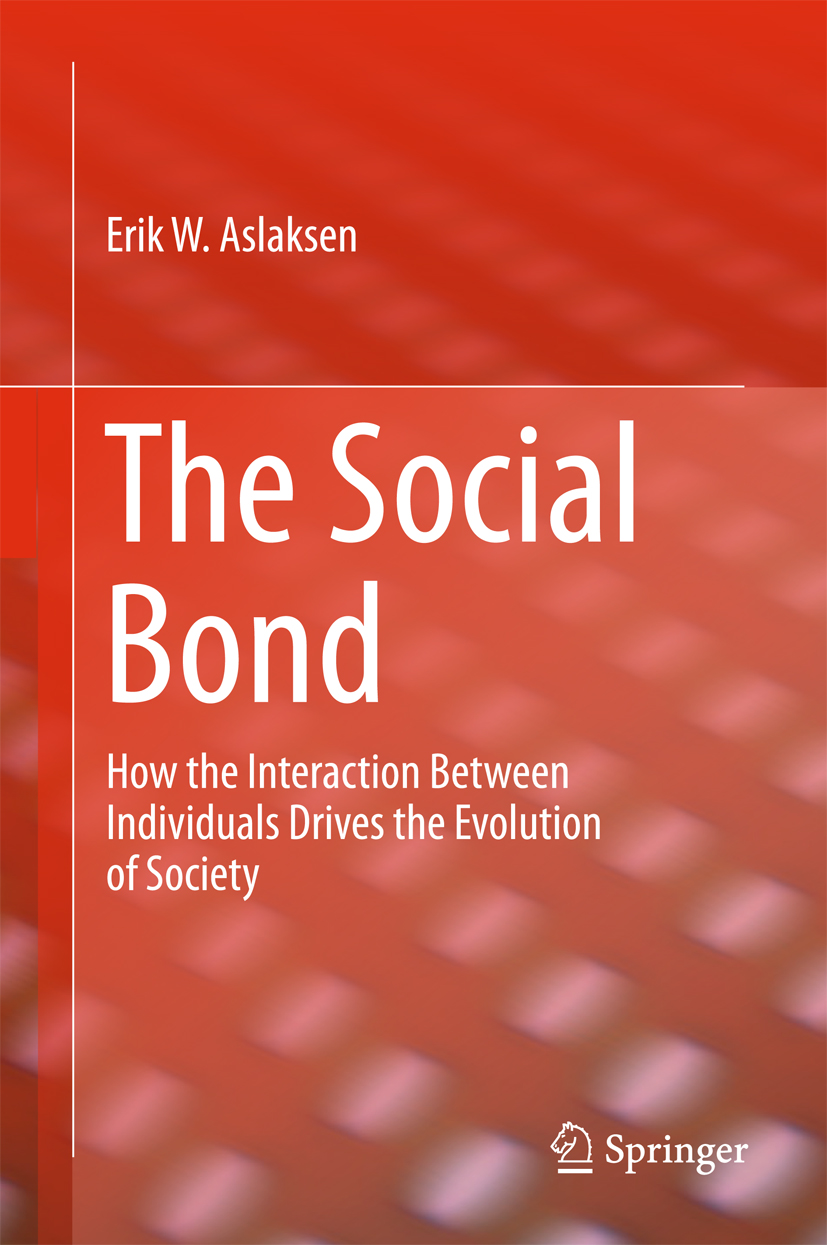

This Springer imprint is published by Springer Nature
The registered company is Springer International Publishing AG
The registered company address is: Gewerbestrasse 11, 6330 Cham, Switzerland
The original version of the book was revised: Open access licensing has been removed. The erratum to the book is available at https://doi.org/10.1007/978-3-319-68741-4_7
This book is the culmination of a long and very personal process ; a quest for understanding the world around me and my existence in it. It probably began quite unconsciously in the same way as for everyone, by observing and trying to understand the behaviour of my first friends and then my classmates in school, but I also had a great desire to find out how things worked. I liked to take equipment apart and study their internal mechanisms, and as we had a workshop in the basement at home, I soon started to build my own equipment. An important influence was my father, who was a mechanical and industrial engineer, and who took me along to factories he had designed, and also organised for me to work there in my holidays. By the time I was 15, I could operate a lathe and a milling machine, and do simple gas and arc welding jobs. But all along, my love was electronics, starting with my first crystal radio receiver, but then soon designing and building vacuum tube receivers and transmitters for the 20 and 2 m bands, as well as a foray into some 70 cm band equipment and various measuring equipment. I got my radio amateur licence the day I turned 14, with the call sign LA9EE, and did my military service as a radio technician in the Royal Norwegian Air Force.
Looking back on this now, and comparing with what my friends and acquaintances tell of their youth, as well as with the lives of my own children and grandchildren, it is clear to me that I developed a very mechanistic and systematic view of the world; a view that has had a significant, if diminishing, influence on me to this day, and that is readily discernible throughout this book. Of course, studying engineering and physics, followed by a 50-year career in industry, did not help matters, but at least I did realise that the real problems in any engineering project are rarely technical; they are people problems. However, the desire to understand how the world works, what drives it and changes it, did lead me to spend quite some time on studying religion, philosophy and the history of civilisation. The main outcome of this was a conviction that there are no supernatural or divine forces at work, and, in particular, that the evolution of society, which we shall take a look at in Chap. , is a human product. Our society is what it is today because we made it so, and we determine what it will be tomorrow.
This then raises a number of questions: How did we do it? What abilities did we employ? And if we look at the evolution of society over the last 10,000 years or so, from the cave to where we are today, we have to wonder: Why did society end up exactly where it is today and not in some quite different form? There is also another question, which we might consider more fundamental: If we look at the evolution of life on Earth up until the appearance of the genus homo , this was governed by Darwins process of random mutations and natural selection in response to changing environmental conditions, resulting in new, more viable species emerging and the less viable becoming extinct. Are we just the current link in this chain, just another species destined to come and go, or do we represent the start of a completely new process? There is a tendency to consider a distinct human character to be something eternal, something we can strive towards fulfilling, as when Maslow says Man demonstrates in his own nature a pressure toward fuller and fuller Being, more and more perfect actualisation of his humanness ( Maslow 1968) . It is a leftover from a time when mankind had not yet come to grips with its own capabilities, and saw itself as just another of Natures creatures; a Nature of which it had little understanding and instead ascribed to the creation by various supernatural beings. Humanness, unless we mean having one head, two arms and two legs, is not something fixed we can strive towards; it is something we are continually developing through our membership of society. It is impossible to know what humanness will be, say, a thousand years from now.
These and other similar questions will surface in several places in the book, and in some cases, possible answers will be suggested. But the focus of the book is tied to a simple observation: If there is nothing but us driving the evolution of society, then the driving process must be within each of us, and in Chap. , we develop a model of that process and identify it as intelligence . In this model, the intrinsic features of perception and information processing are, of course, important, but the main determinant of intelligence is the information available to the individual over its lifetime. In order to receive such input, and for this local process to have any effect, there must be communication with other members of society, and the ability communicate through language is perhaps the distinguishing capability of our species. Thus, the interaction between individuals is a fundamental feature of society; it is this interaction that converts a collection of individuals into a system , with its own identity and behaviour as emergent properties of the system. The purpose of this book is to make a contribution to our understanding of that interaction and its effect of the evolution of society; in particular, on the stability of the evolution . In this endeavour, I have of course drawn heavily on the work of other authors, but due to the relatively broad scope and multidisciplinary nature of the endeavour, I have not tried to undertake an exhaustive literature survey in any of the disciplines, and the references provided indicate the extent of my immersion in them. This approach is another reflection of my engineering background and the emphasis on being fit for purpose .
Font size:
Interval:
Bookmark:
Similar books «The social bond: how the interaction between individuals drives the evolution of society»
Look at similar books to The social bond: how the interaction between individuals drives the evolution of society. We have selected literature similar in name and meaning in the hope of providing readers with more options to find new, interesting, not yet read works.
Discussion, reviews of the book The social bond: how the interaction between individuals drives the evolution of society and just readers' own opinions. Leave your comments, write what you think about the work, its meaning or the main characters. Specify what exactly you liked and what you didn't like, and why you think so.



